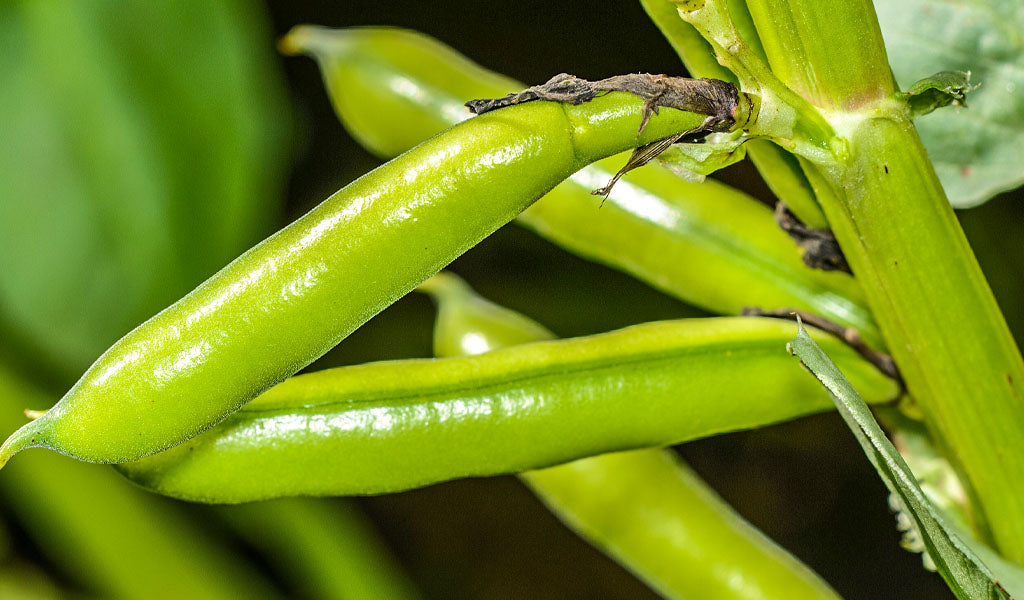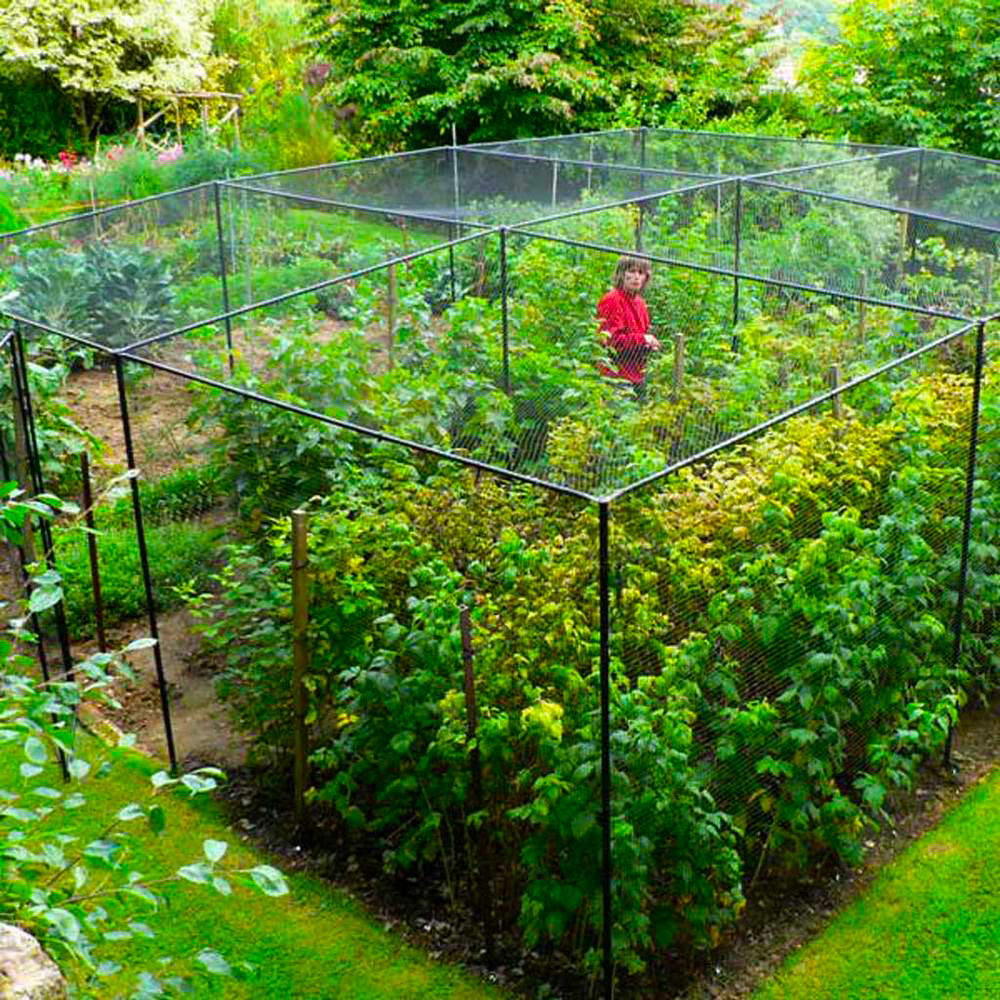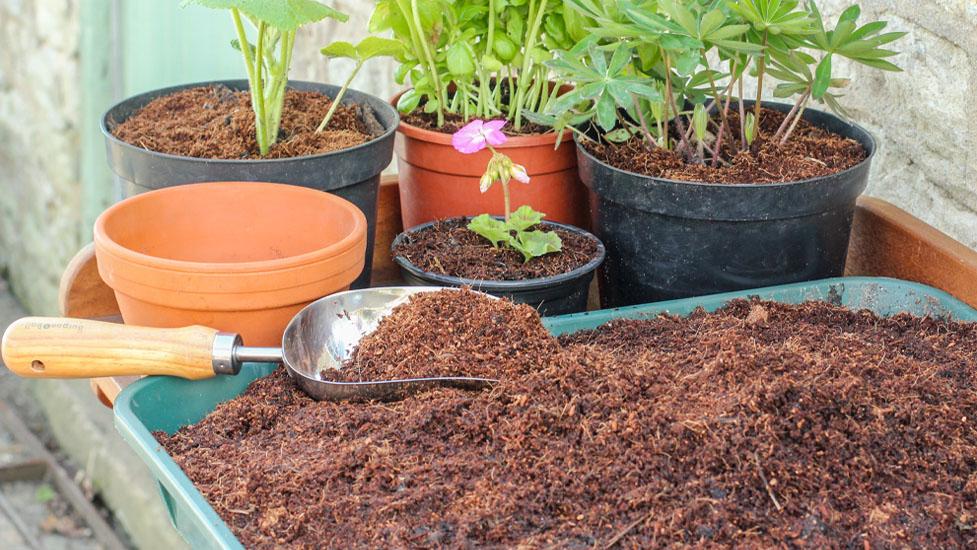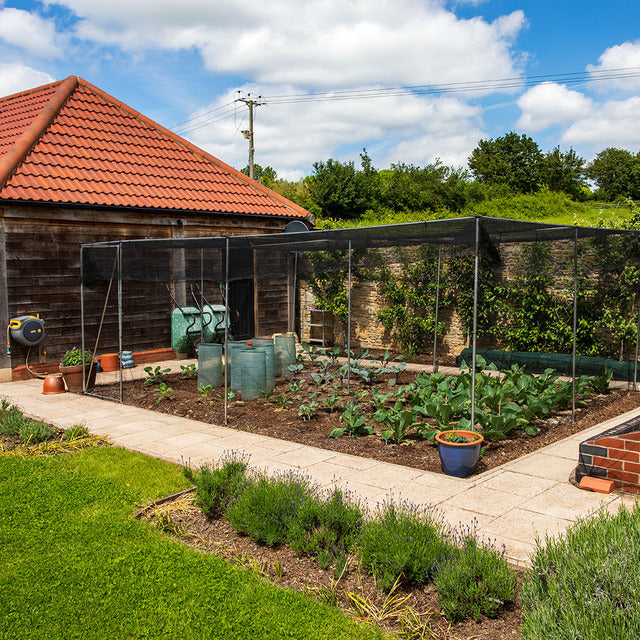The Broad Bean is a member of the legume family, and is a classic British crop, either served cold in a salad or steamed for a hearty meal. This is versatile, tough plant is easy to germinate and grow.
Where To Grow
Broad beans grow best in a sheltered sunny site with rich moisture retentive soil. Prepare the ground well and and add leaf mould or well rotted manure before planting.
Sowing Tips
Sow outside from late February until late Summer into well dug and reasonably fertile soil - sow beans with 15 cm between plants and 45 cm between rows in drills - mini trenches in prepared soil. Don't forget when you scoop out your drill that the soil piled either side will make it look deeper than it actually is so make sure your beans are planted around 5 cm below the surface once covered over.
Sowing broad beans undercover gives you more of a reliable germination especially if the weather is particularly cold or wet. You will be able to delay planting until conditions are just right later in March or April. Sow two beans per cell in Rootrainers or a modular tray filled with good peat free compost or coir Growlite - water in and place in a cool but frost free greenhouse or Grower Frame
Harden off before planting out with 15 cm between plants and 45 cm between rows and water in - don't firm down to much on top of the soil as this can compact the surface and prevents moisture getting down to the plant roots .
You can also can sow broad beans from late September till early November - by sowing in Autumn you can have beans as early as may but the plants will need protecting from the frost with and Easy Fleece Tunnel or cloche when the temperature drops.
Care Advices
After the seedlings reach about 30 cm in height you will need to support them to prevent stems from bending or breaking. You can use Pea Sticks, Bamboo Canes with string or a specially designed support frame. Dwarf varieties will need less space and less staking and so are worth considering on windy or small sites.
Harvesting & Storage
Harvest your bins from June until August - pick the pods when they are about 15 cm before they become tough. Pick from the bottom of the plant up and continue to harvest frequently - you should be able to pick a decent crop once or twice a week. Remove the pods from the stem using a sharp downward twist pulling without twisting can damage the stem and encourage disease.
As members of the legume family Broad Beans take nitrogen from the air and store it in their roots - leafy plants like Cabbages, Broccoli and Sprouts love nitrogen so they are an ideal crop to plant the following year where you have previously grown beans.
When cropping has finished cut the tops of the plant down to ground level but leave the roots in the ground - they will rot down and release their stored nitrogen into the soil.
Broad Beans store well - you can pod and freeze the beans in plastic bags or lay them out in a dry place completely dry and store them in an airtight container for sowing next year or rehydrated for use in cooking.
Pests & Diseases
Black Fly
The most common pest affecting broad beans is Black Fly which crowd around the growing tip of the plant. Once it has started to produce beans the tip of you plant can be removed to control this Black Fly issue. If your beans suffer from black fly when still young spray gently with soapy water and wipe the aphids off the plant.
Chocolate Spot
Chocolate Spot can affect beans later in the season and you will notice the characteristic brown spots on the leaves - good drainage, air flow and decent soil help to prevent it. Normally you would have already harvested most of your beans before the disease hits.





